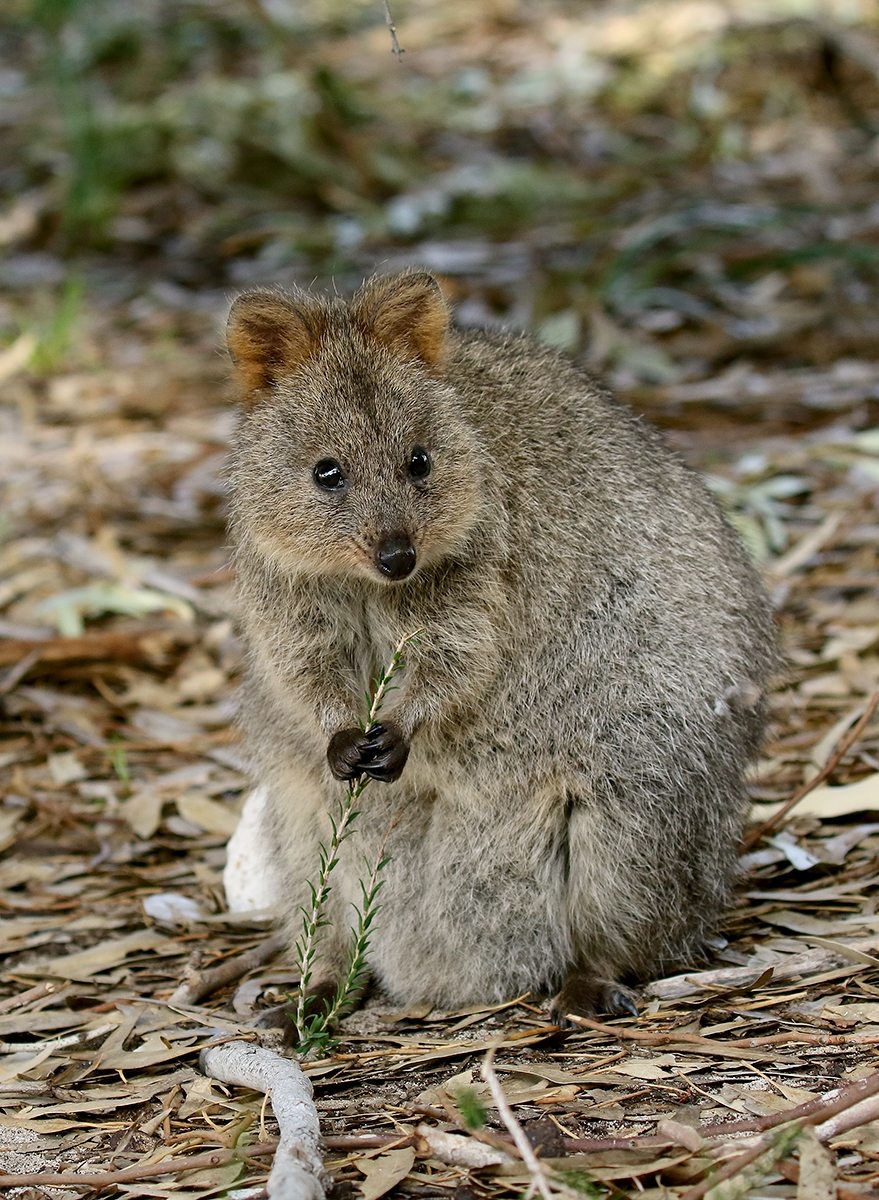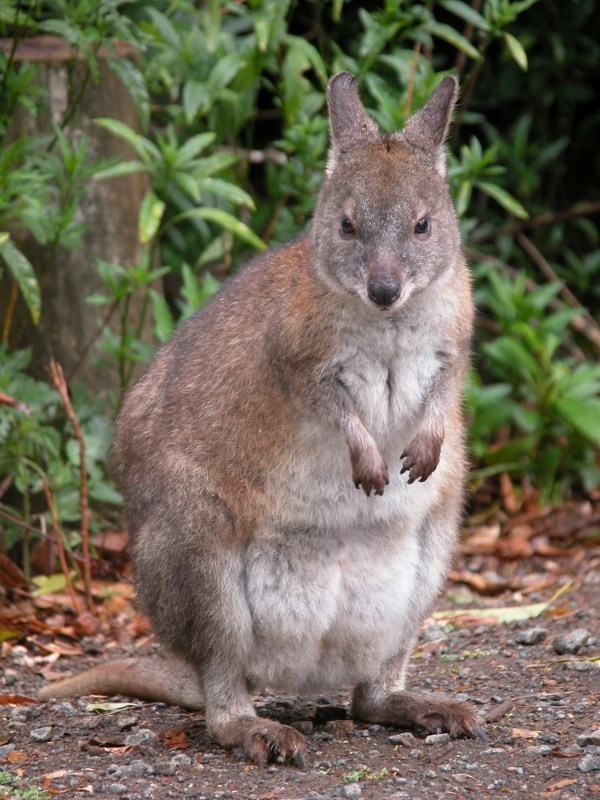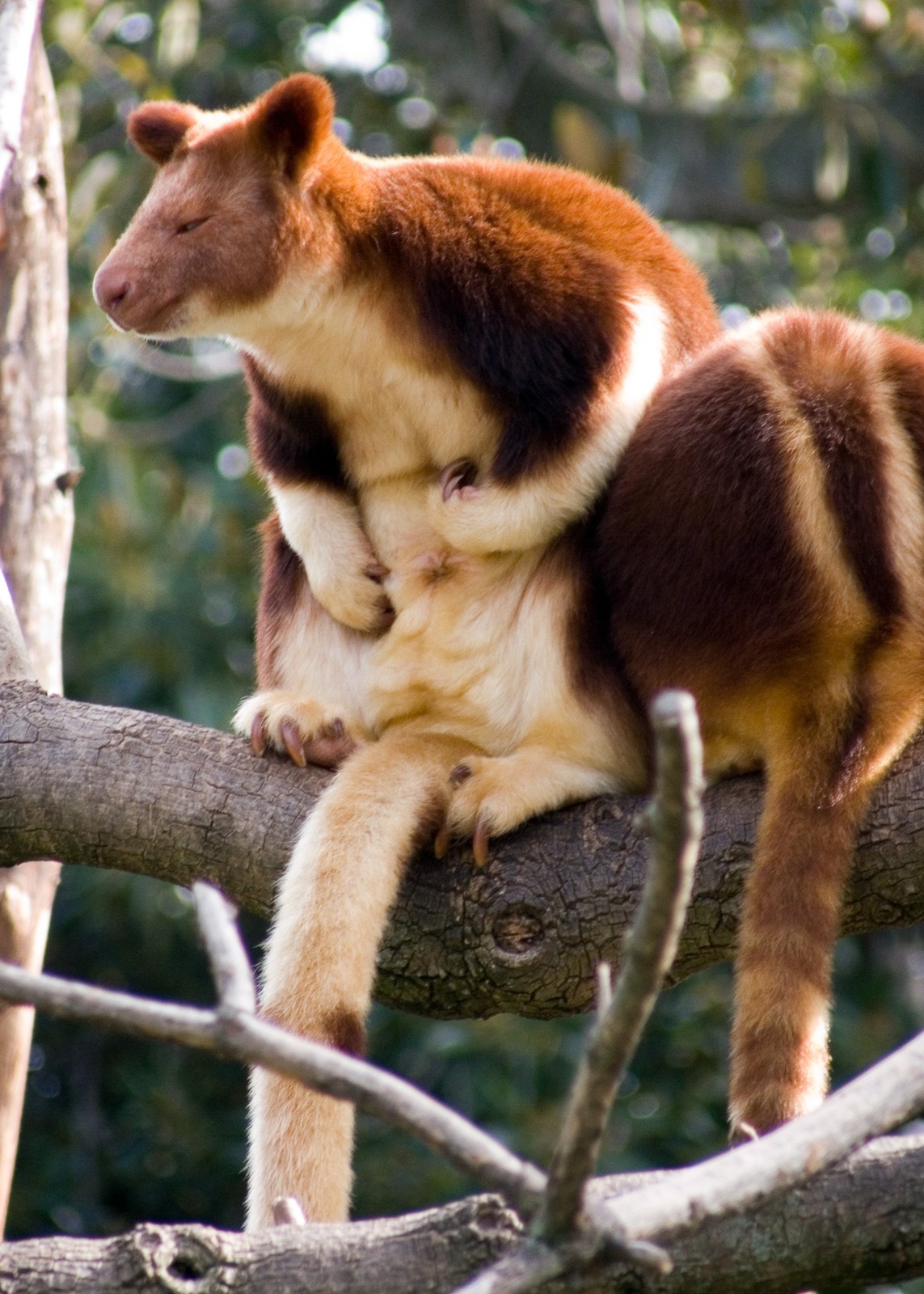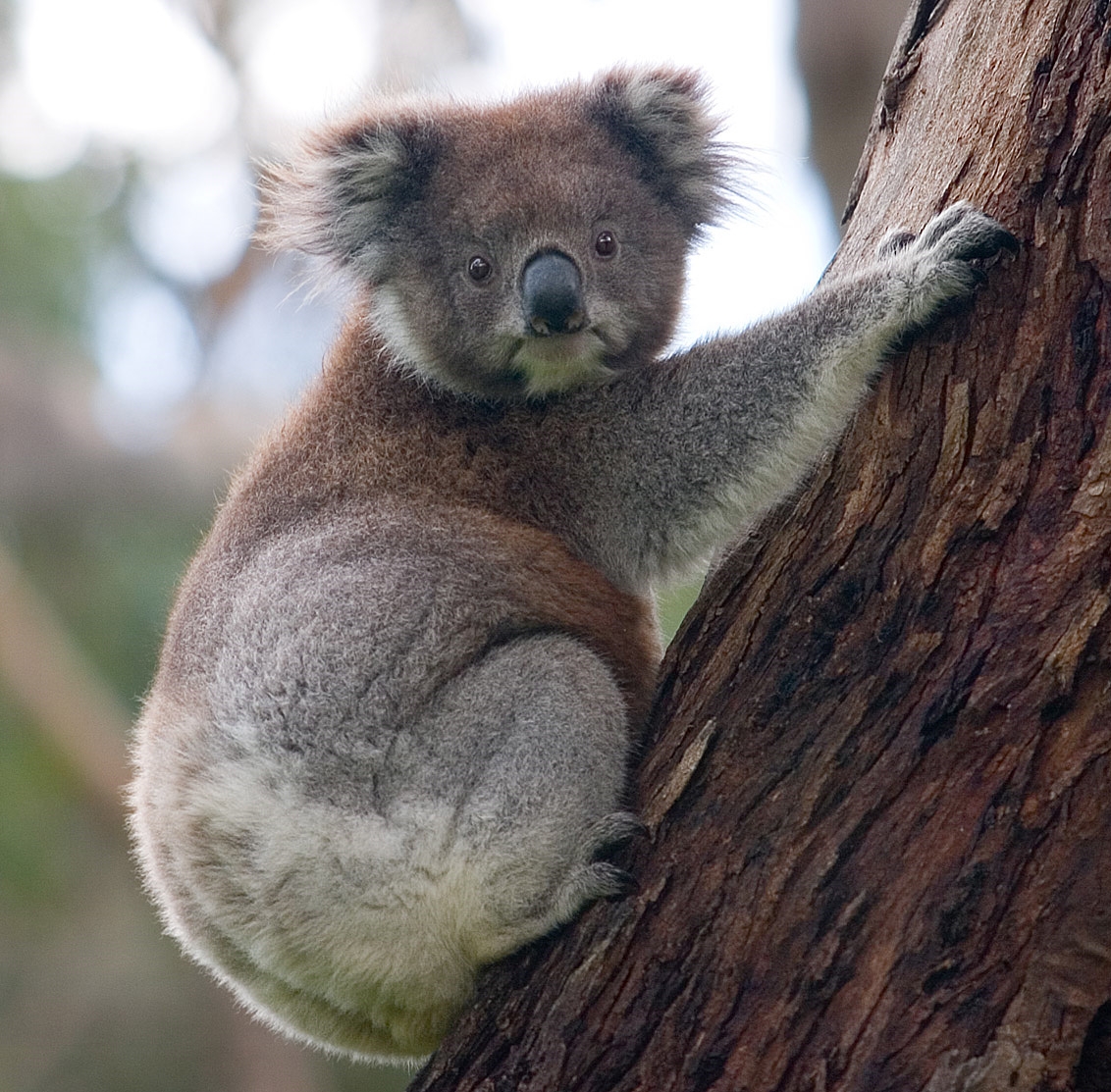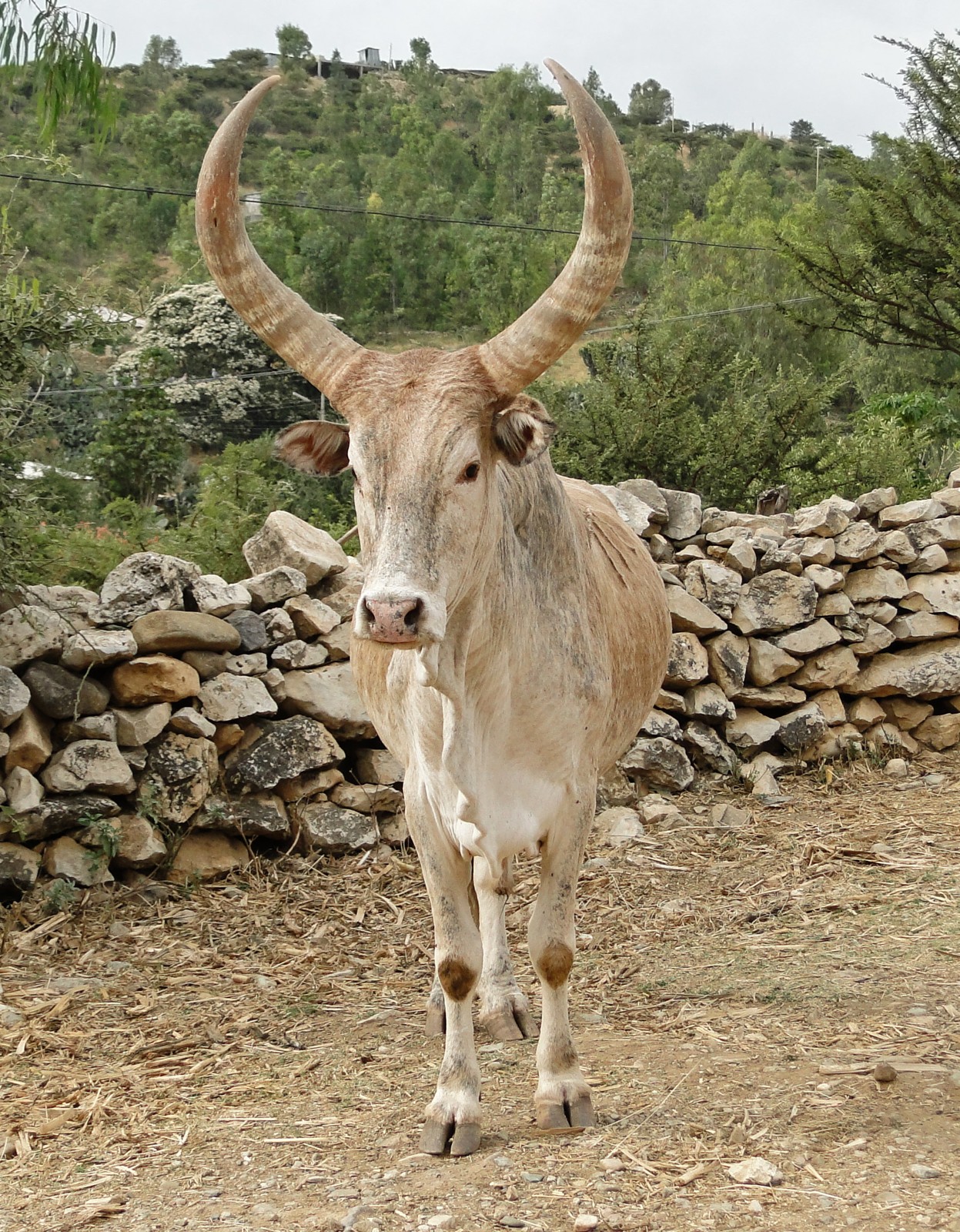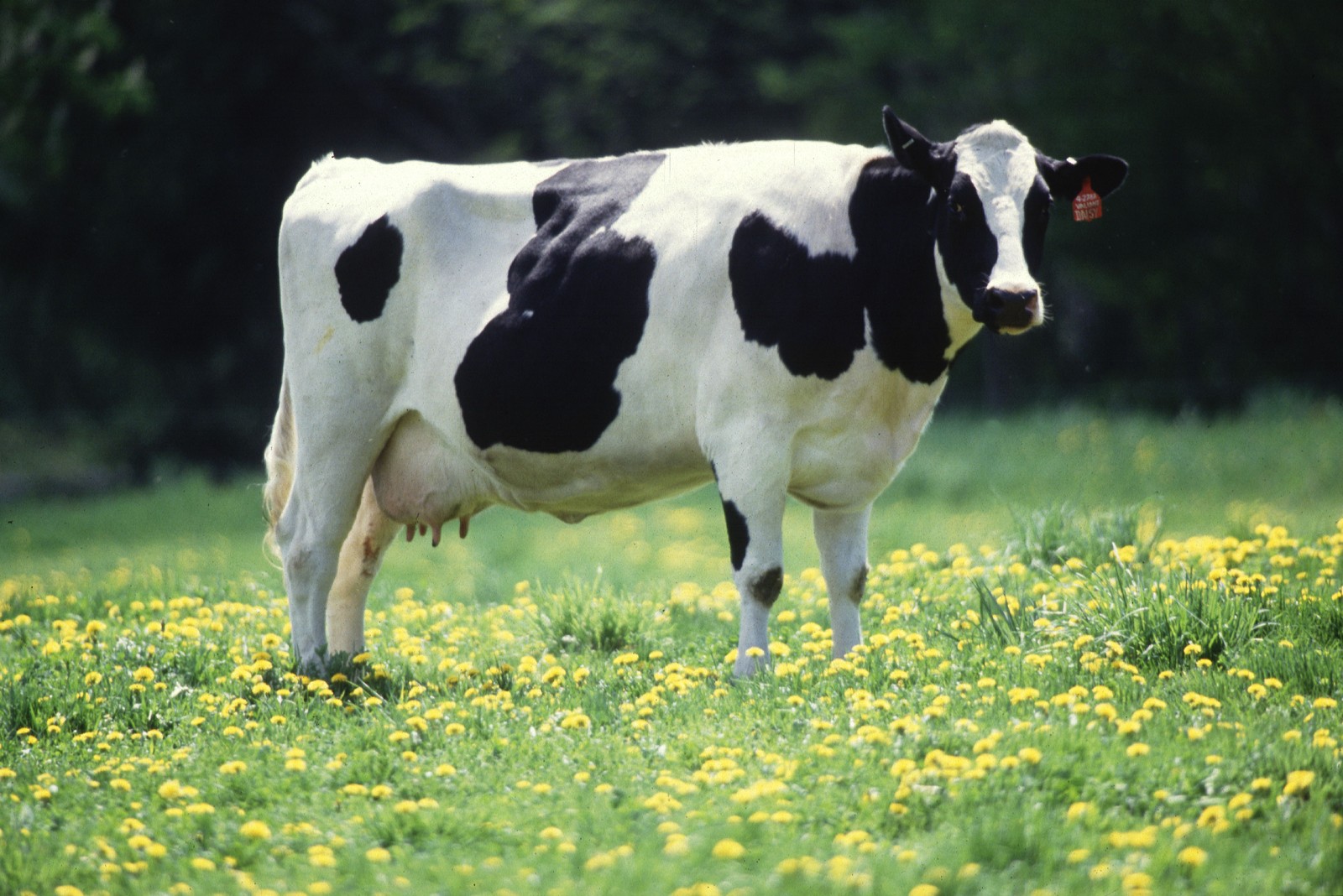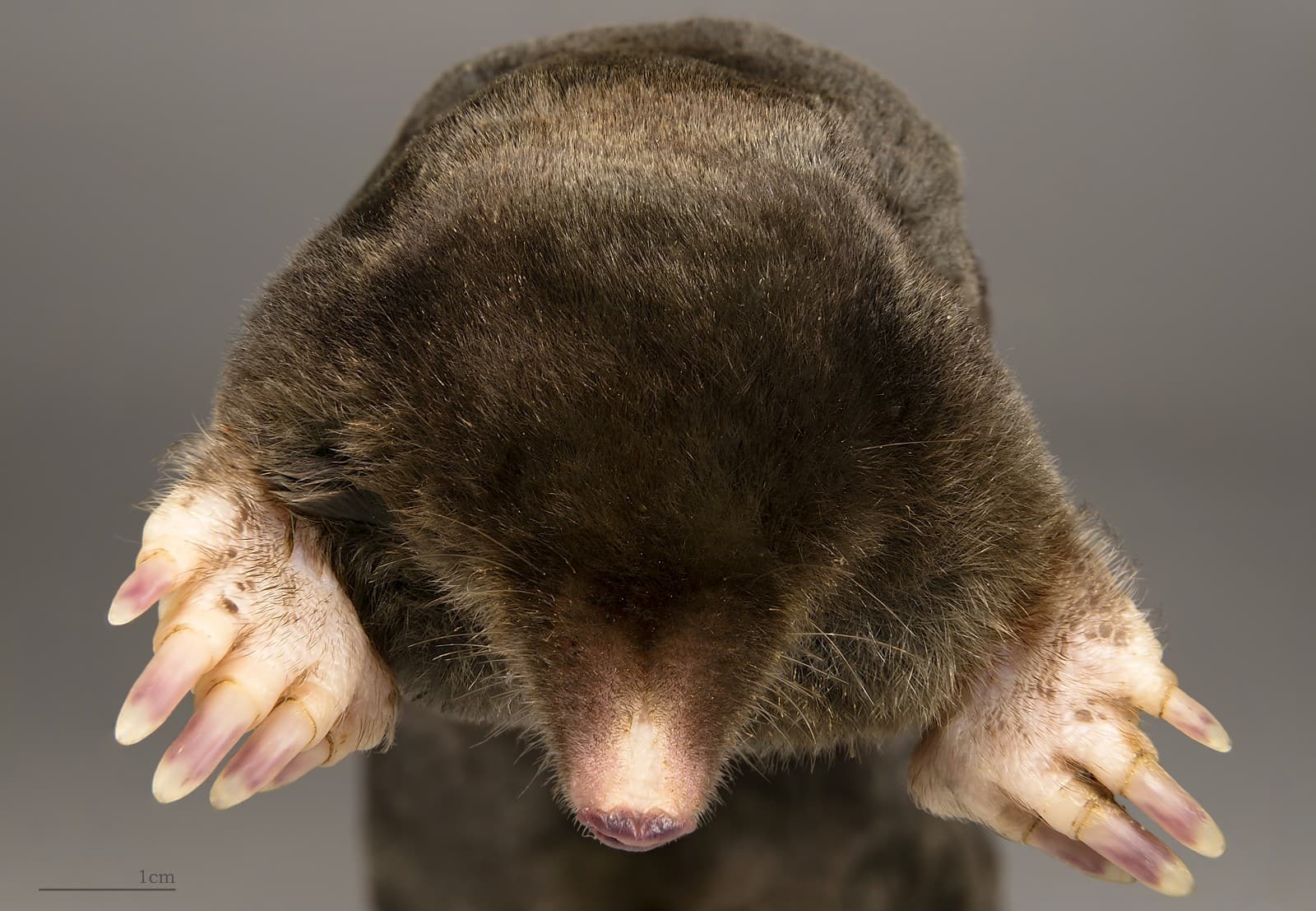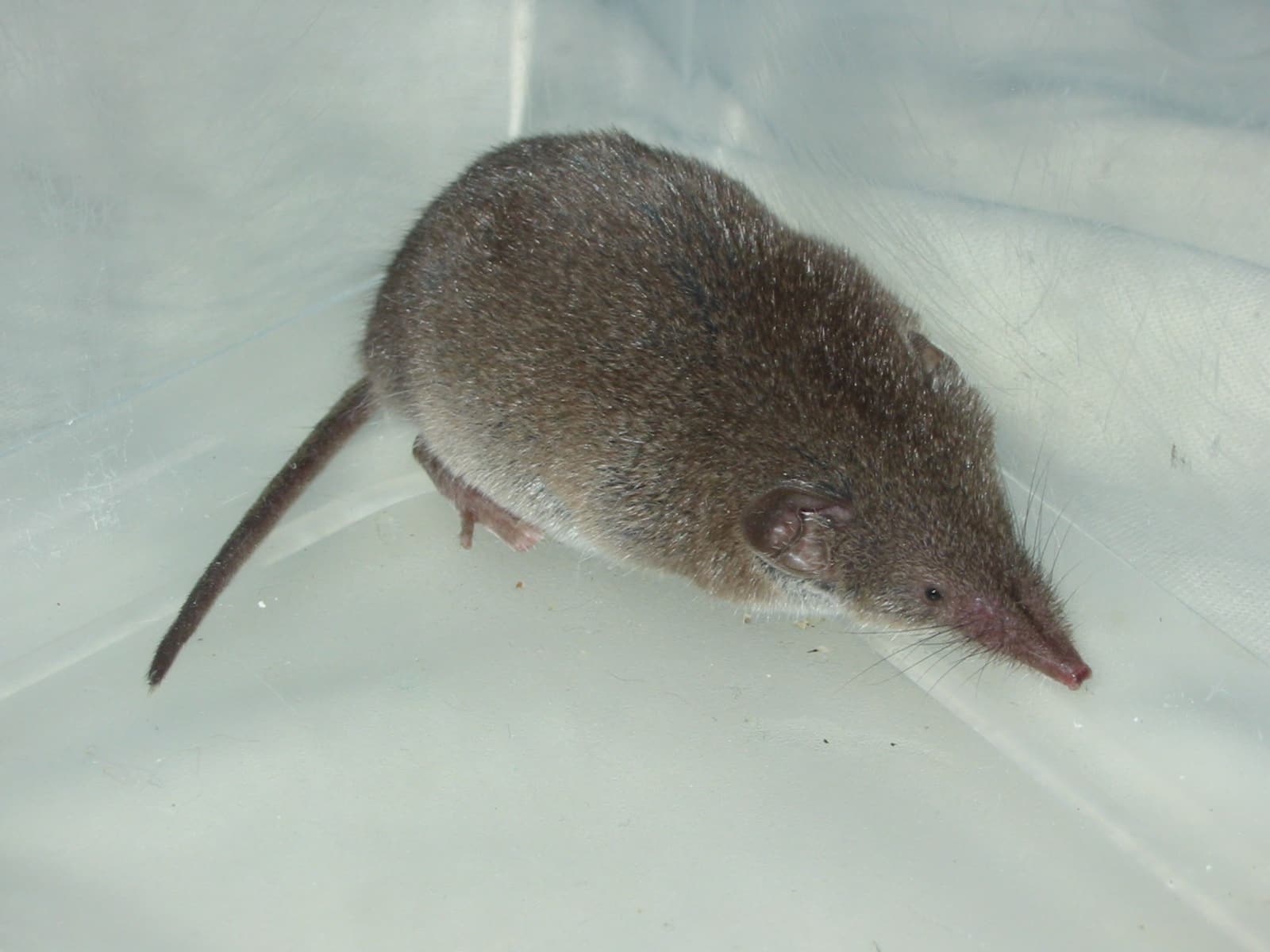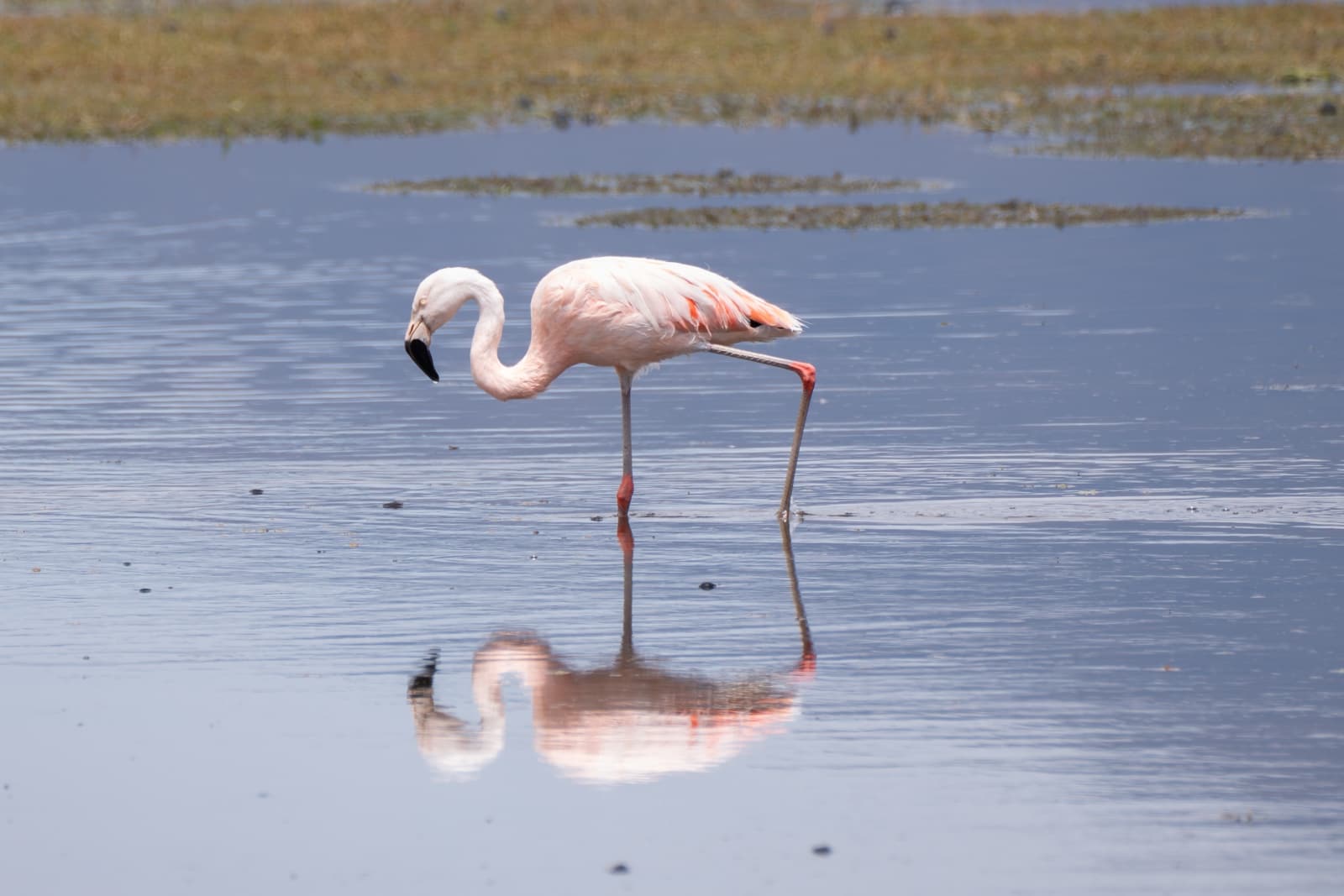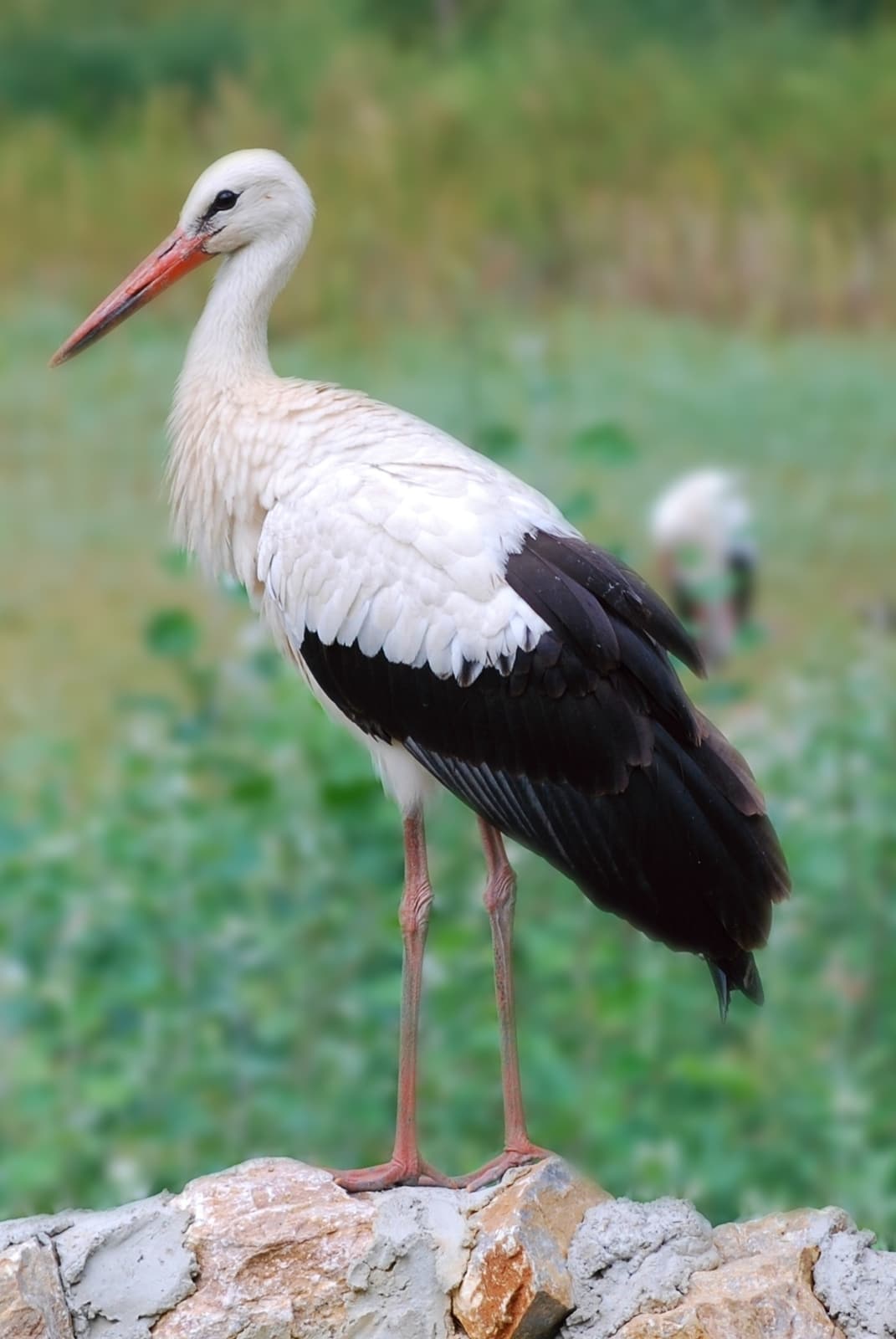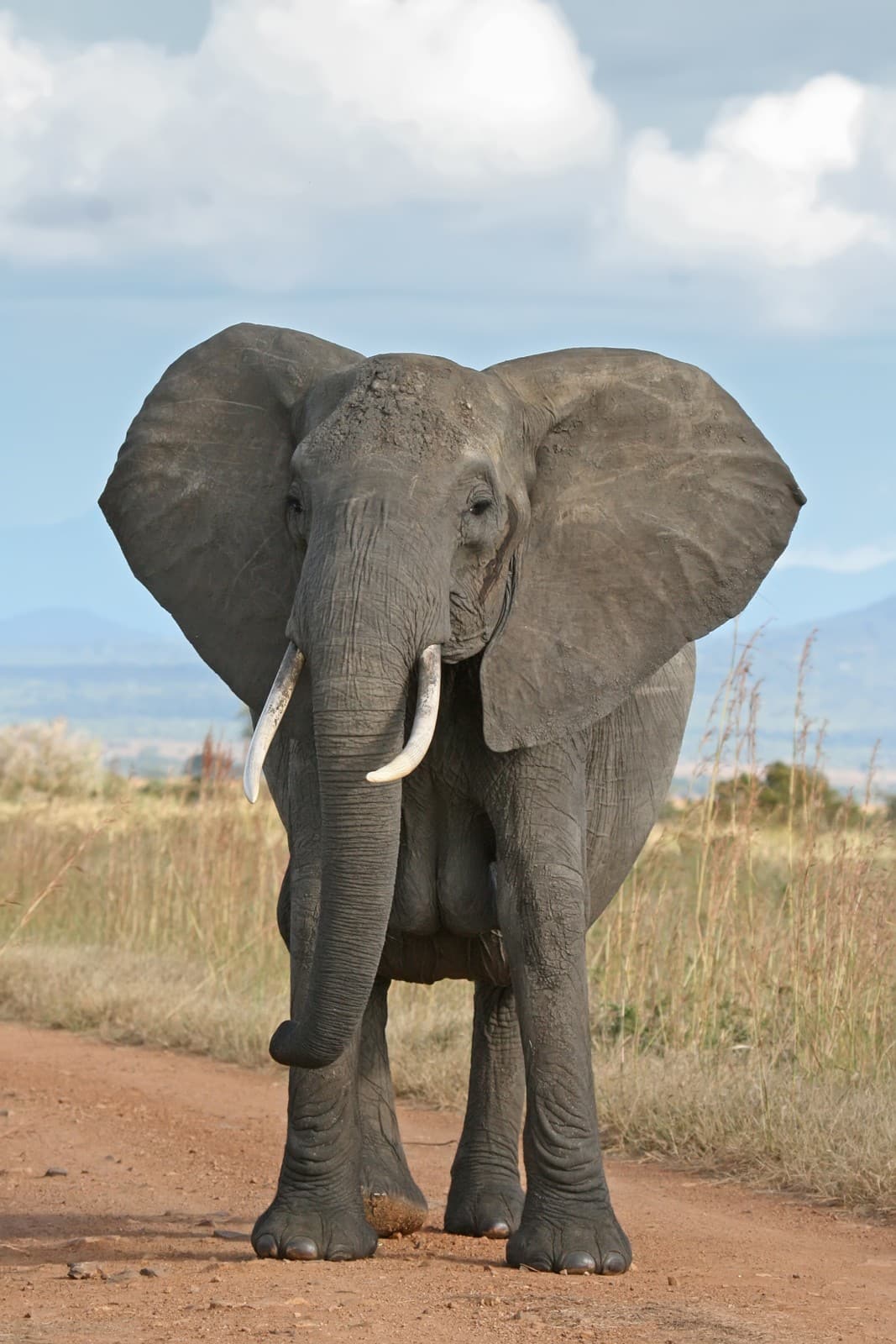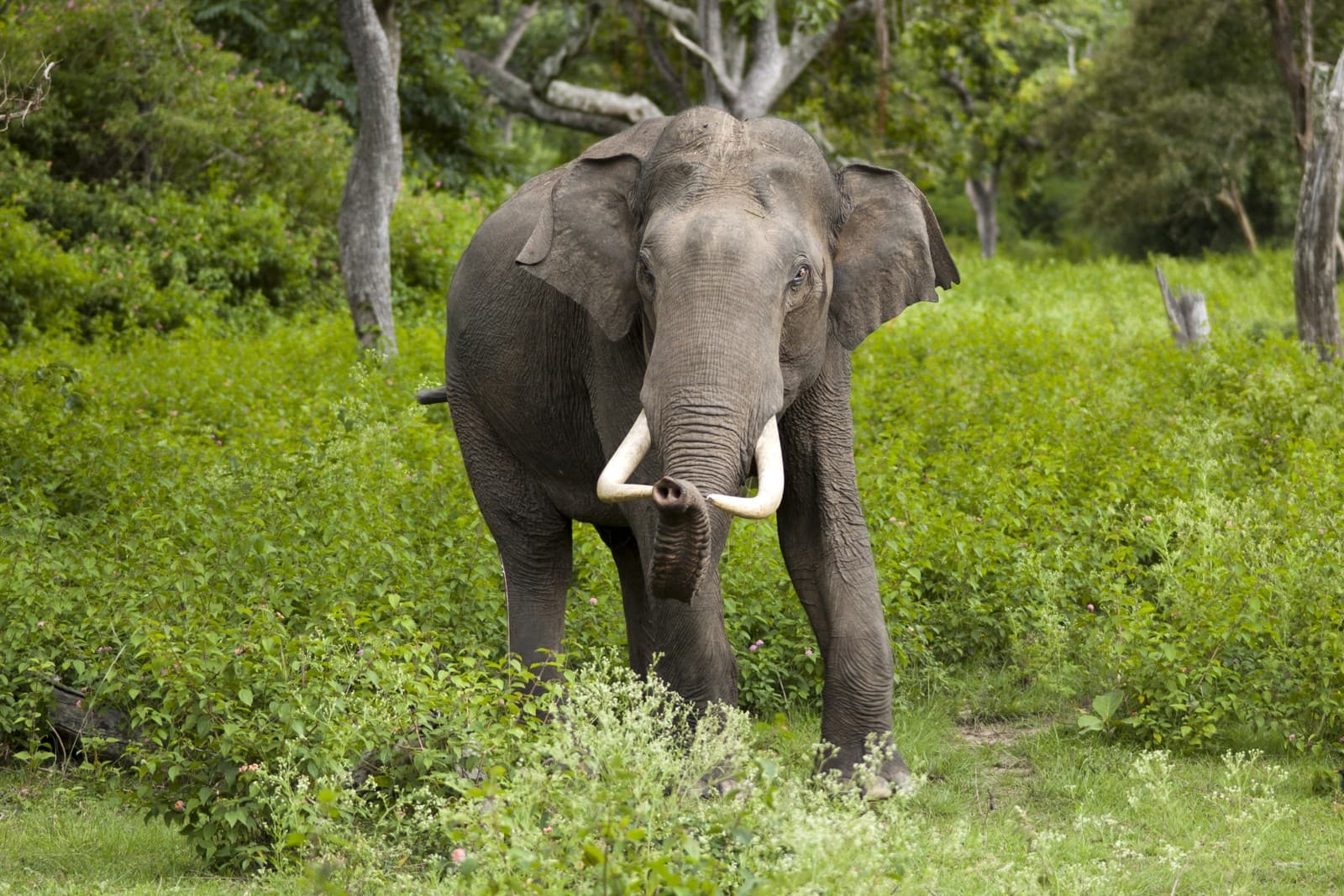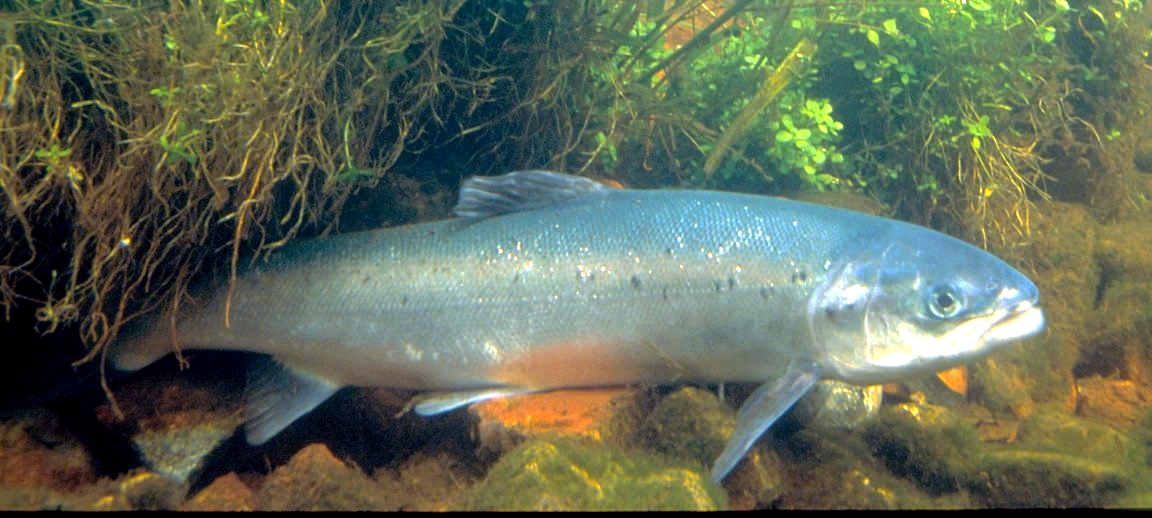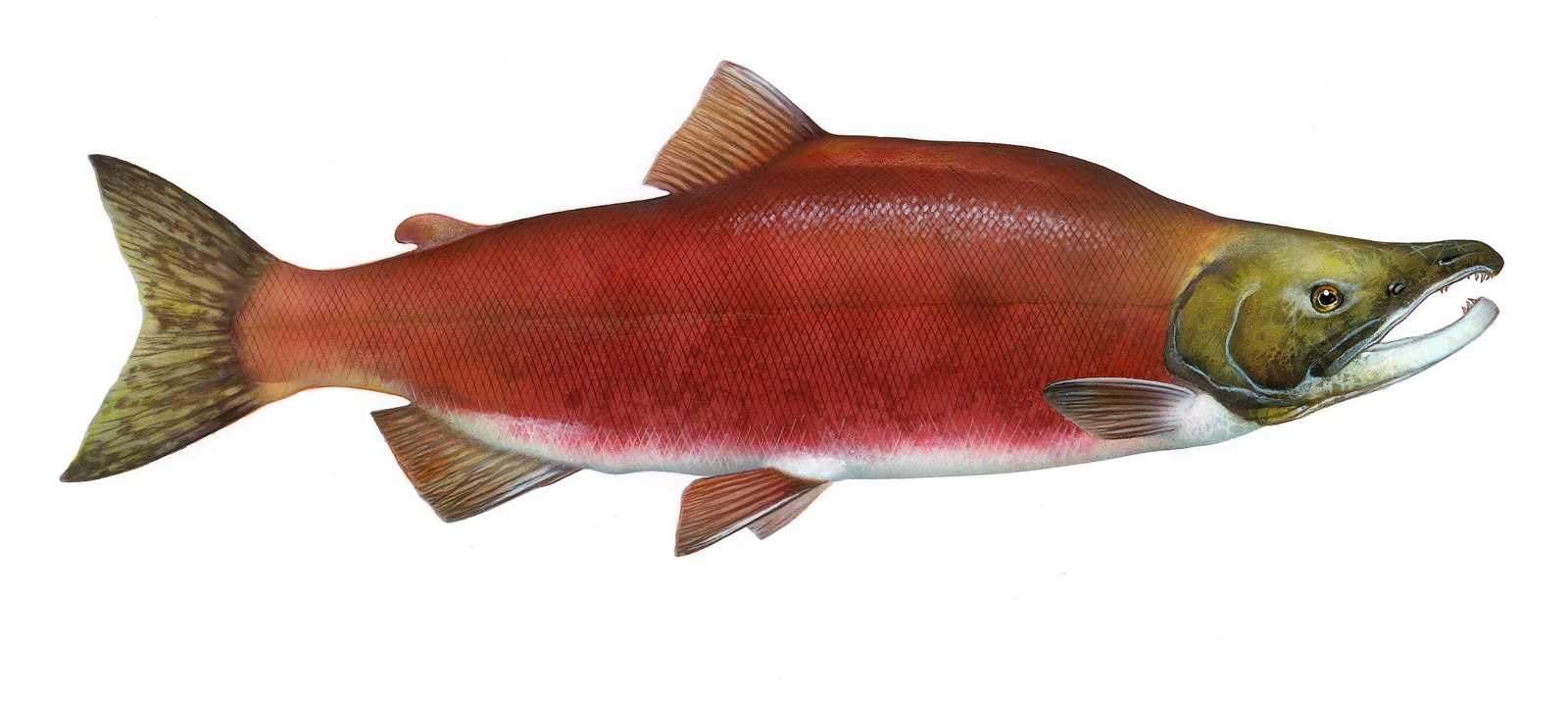Quokka vs Tree Kangaroo: A Complete Comparison
When comparing the Quokka vs Tree Kangaroo, we encounter two remarkably different marsupial adaptations. While both belong to the macropod family, these creatures have evolved to occupy vastly different ecological niches. Quokkas, weighing 5.5-11 pounds (2.5-5 kg), are ground-dwelling marsupials endemic to Western Australia, while Tree Kangaroos, weighing 13-32 pounds (6-14.5 kg), have developed specialized abilities for life in the rainforest canopy.
These distinctive marsupials showcase the incredible diversity of Australian and Papua New Guinean wildlife. Their physical characteristics and behaviors reflect millions of years of adaptation to their respective environments, resulting in fascinating differences in locomotion, diet, and social behavior.
<img src=“/images/quokka-tree-kangaroo_quokka.jpg” alt=“A Quokka holding a small green plant stem while sitting upright on a bed of dried eucalyptus leaves. The marsupial displays its characteristic rounded body covered in thick grey-brown fur, alert pointed ears, and small black nose. Its large dark eyes and subtle facial expression create the famous “smiling” appearance Quokkas are known for. The compact, stocky animal is photographed in its natural Australian habitat, with a soft-focused forest floor background. The Quokka’s tiny hands are clearly visible grasping the vegetation, demonstrating their dexterous feeding behavior.”>
© patrickkavanagh / CC BY 2.0
The Quokka, often called the world’s happiest animal, demonstrates its characteristic ground-dwelling behavior while foraging among native vegetation. These compact marsupials are perfectly adapted for life on the forest floor.
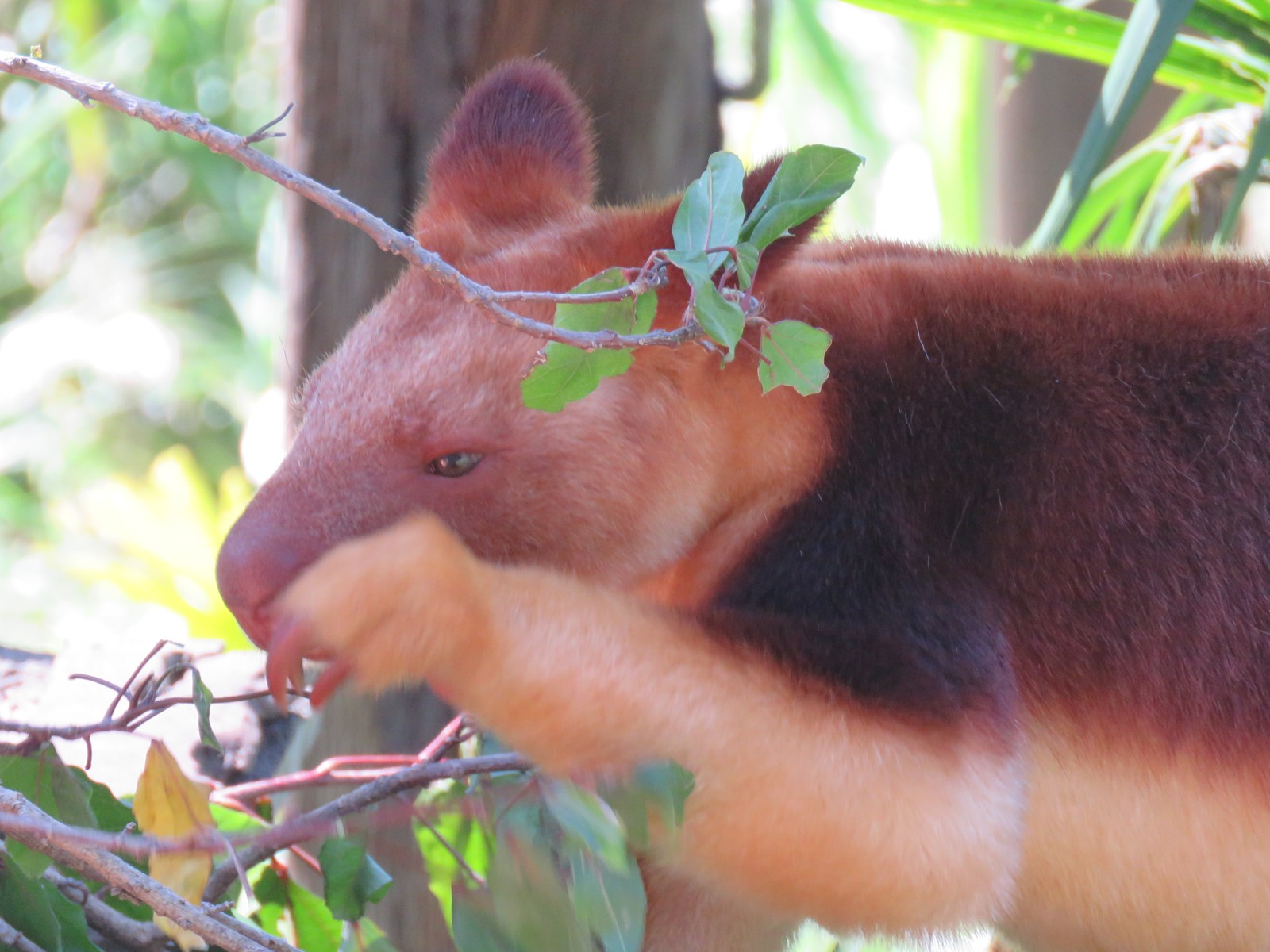
© Calistemon / CC BY-SA 4.0
The Tree Kangaroo exhibits its remarkable arboreal adaptations, showcasing the specialized features that enable life in the forest canopy. Their strong forearms and flexible ankles are clearly visible as they navigate through the branches.
Key Differences Between Quokkas and Tree Kangaroos
| Feature | Quokka | Tree Kangaroo |
|---|---|---|
| Size | 16-21 inches (40-54 cm) | 20-32 inches (51-81 cm) |
| Weight | 5.5-11 pounds (2.5-5 kg) | 13-32 pounds (6-14.5 kg) |
| Habitat | Ground-dwelling, coastal areas | Arboreal, rainforest canopy |
| Diet | Grasses and leaves | Leaves, fruits, tree bark |
| Movement | Hopping, walking | Climbing, leaping between trees |
| Distribution | Western Australia only | Papua New Guinea, Australia |
Habitat and Adaptation
Quokkas are primarily found in the southwestern region of Western Australia, particularly on Rottnest Island and a few other isolated areas. They thrive in coastal scrubland and dense vegetation near water sources. Their compact bodies and strong hind legs are perfectly adapted for navigating through thick undergrowth.
Tree Kangaroos, conversely, have evolved for life in the rainforest canopy. Their powerful forearms, long tails for balance, and specially adapted feet allow them to climb with remarkable agility. They can leap up to 60 feet (18 meters) from tree to tree and can even walk backward, a unique ability among macropods.
Behavioral Differences
Social Structure
Quokkas are relatively social animals, often gathering in small groups of 25-150 individuals, particularly around water sources. They exhibit nocturnal to crepuscular activity patterns, being most active during dawn, dusk, and night.
Tree Kangaroos are generally solitary creatures, coming together primarily for mating. They are mainly active during the day (diurnal), spending much of their time foraging in the canopy for leaves, fruits, and bark.
Survival Strategies
Both species have developed unique defensive mechanisms:
- Quokkas rely on their speed and ability to navigate dense undergrowth
- Tree Kangaroos escape predators by climbing higher into the canopy or leaping to adjacent trees
Conservation Status and Threats
Both species face distinct conservation challenges:
-
Quokkas are classified as Vulnerable, primarily threatened by:
- Habitat loss
- Predation by introduced species
- Climate change affecting water availability
-
Tree Kangaroos are listed as Endangered, facing:
- Deforestation
- Hunting pressure
- Habitat fragmentation
Who Would Win in a Confrontation?
While neither species is naturally aggressive, a theoretical comparison of physical capabilities shows:
- Tree Kangaroos have significant size and strength advantages
- Their climbing abilities provide better escape options
- Quokkas are faster on the ground and more agile in dense vegetation
However, these marsupials would typically avoid confrontation in natural settings, occupying completely different ecological niches.
Reproduction and Life Cycle
Both species share similar reproductive strategies as marsupials:
- Single joey per birth
- Extended pouch care
- Similar gestation periods of around 21-28 days
However, Tree Kangaroos typically have longer intervals between births (1-2 years) compared to Quokkas (annual breeding).
Understanding these remarkable marsupials helps highlight the incredible diversity of adaptation in nature, from the ground-dwelling Quokka to the canopy-dwelling Tree Kangaroo, each perfectly suited to their unique environmental niche.
